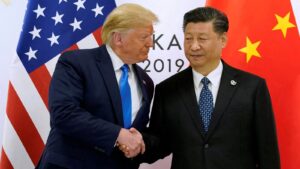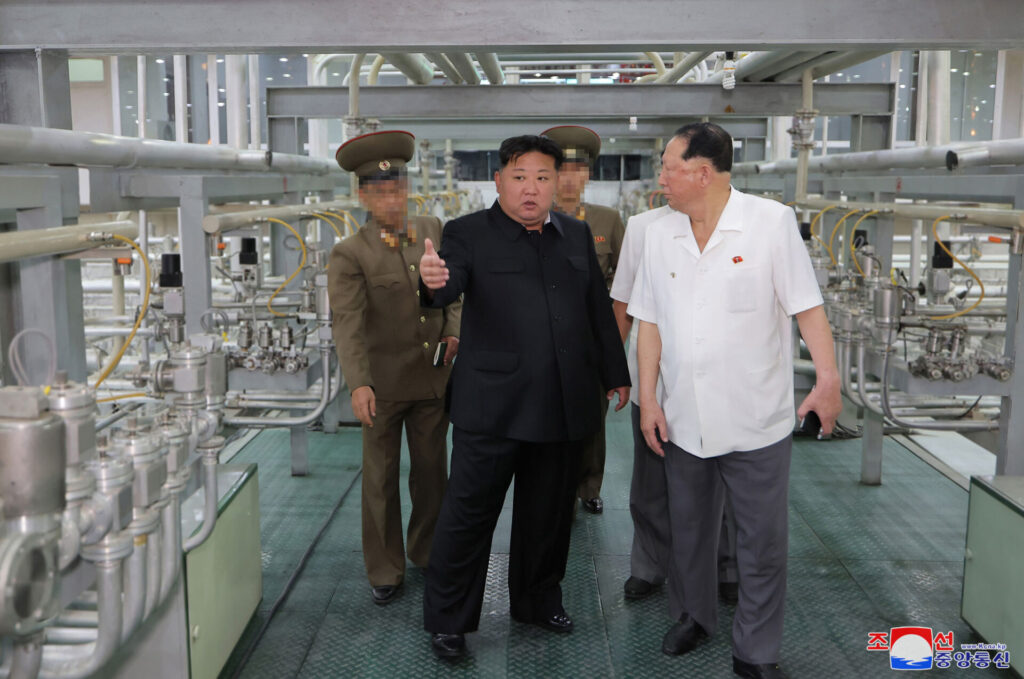|
Getting your Trinity Audio player ready...
|
This aligns with other recent developments in North Korea’s weapons programs. In March 2023, state media revealed plans for tactical nuclear warhead production, possibly at the Nuclear Weapons Institute, another key facility. North Korea has also continued to develop advanced missile systems, including nuclear-capable cruise missiles, hypersonic intermediate-range ballistic missiles (IRBMs), and intercontinental ballistic missiles (ICBMs) intended to reach the U.S.
International Responses and Violations
The revelation of a second enrichment facility raises further questions about North Korea’s nuclear capabilities and its ongoing defiance of international agreements. The IAEA has expressed deep concern over the country’s continued nuclear development, with Director General Rafael Grossi stating that the expansion of nuclear infrastructure is a “clear violation” of U.N. Security Council resolutions.
Grossi also noted recent activity at Yongbyon, including the operation of the 5MW(e) reactor and the likely refueling of this critical facility. The IAEA remains poised to verify North Korea’s nuclear program if given the opportunity, but the isolated nation continues to operate without international oversight, increasing fears about the scale and reach of its nuclear weapons development.
What’s Next?
As North Korea advances its nuclear capabilities, the international community faces a daunting challenge in containing the country’s ambitions. The confirmation of a second uranium enrichment plant suggests that Pyongyang may have the means to significantly ramp up its production of weapons-grade material, further destabilizing the region.
Despite various rounds of sanctions and diplomatic efforts, North Korea has shown little interest in halting its nuclear program. As the country continues to enhance its capabilities, the global community will need to reassess strategies for engagement and deterrence to address the growing threat posed by Kim Jong Un’s regime.
Conclusion
The apparent confirmation of a second uranium enrichment facility in North Korea underscores the regime’s determination to expand its nuclear weapons program. The Kangson site, long suspected but now seemingly verified, could play a crucial role in increasing the country’s production of fissile material. As Kim Jong Un continues to push for greater nuclear capabilities, the global community must contend with the implications of a rapidly advancing nuclear arsenal in one of the world’s most isolated nations.



